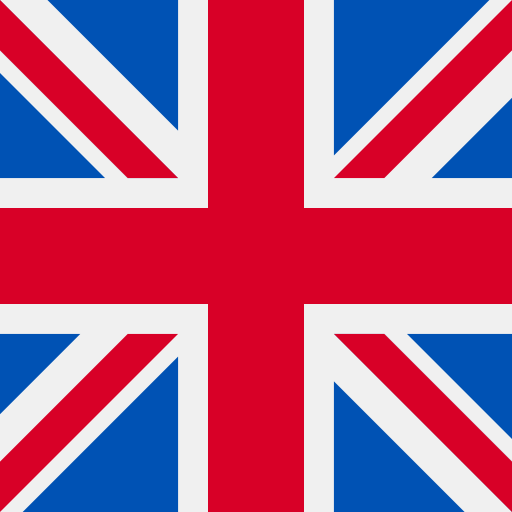How can you explain perfect tense of the verb in easy way?
12 answers from our tutors
- DaniloTeaching English linguistics
When I said "present reality" I was specifically referring to the present perfect. Of course, to give a general definition of the perfect, we would use the term "point of reference", which encompasses all perfect constructions, regardless of the time dimension. The perfect tense expresses a situation anterior to the point of reference.
Perfect tense is a verb form that indicates that an action or circumstance occurred earlier than the time under consideration. It often focuses on the resulting state rather than on the occurrence itself. Perfect tense is expressed by adding one of the auxiliary verbs have, has, or had to the past participle form of the main verb. An example of a perfect tense construction is I have made dinner1. There are three types of perfect tense: past perfect, present perfect, and future perfect. Each one has a different meaning and use. Past perfect tense is used to show that an action was completed before another action or time in the past. For example: She had left before I arrived. Present perfect tense is used to show that an action was completed at some point in the past or has a connection with the present. For example: He has lived in this house for 10 years.
Check your English level for free
Take our quick and free test to find out your current level of English
Start test



- DaniloTeaching English linguistics
Perfect is one of the two past tenses in English. It is probably easiest understood by drawing a comparison with the other past tense. The default past tense is normally used to narrate something (especially if we consider only activity verbs), while the perfect is used to focus the effects of a past situation on the present reality. The key point is in the focus - the default past tense focuses the time of the situation, while with the perfect we want the listener/reader to focus the present time and consider the effects of the past situation on the state of things now.
هو فعل يدل على اكتمال الحدث وانتهائة مثل اكملت دروسي /اكلت الطعام/شربت اللبن /قام الولد بأكل الطعام
A verb is an action(a doing word) Therefore, a perfect tense of the verb show the completion of the action. Eg 1. Present perfect I have eaten. Eg 2. Past perfect I had eaten. Eg 3. Future perfect I will have eaten.
Perfect tense is a verb that we use to talk about actions or events that has happened in the past and are completed or finished for example, She has finished her homework ( the action of finishing the homework happened before now.)
Simply put, the perfect tense is one that makes great use of the auxiliary verb and the action taken. It can be an action in the past where the action is preceded by the auxialiary had. The present will be respresented with has or have as the auxialiary verb, while the auxiliary for the future is will have or shall have
The perfect tense is used to talk about an action that has been completed in the past. It is often used to show that something happened before another event or at a specific point in time. To form the perfect tense, you need two things: the auxiliary verb "have" (in the correct form) and the past participle of the main verb. They auxiliary verb "have" changes based on the subject of the sentence, while the past participle of the main verb usually ends in "-ed" or has an irregular form.
Perfect tense shows that some action is completed. It may be found in present, past and future. Its 3rd form remains same in all forms but the Auxiliary Verbs keep on changing. Present Perfect: Has/Have + 3rd Verb. Past Perfect: Had + 3rd Verb. Future Perfect: Will/Shall have +3rd Verb.
The perfect tense is used to show an action that is complete and finished or perfected.